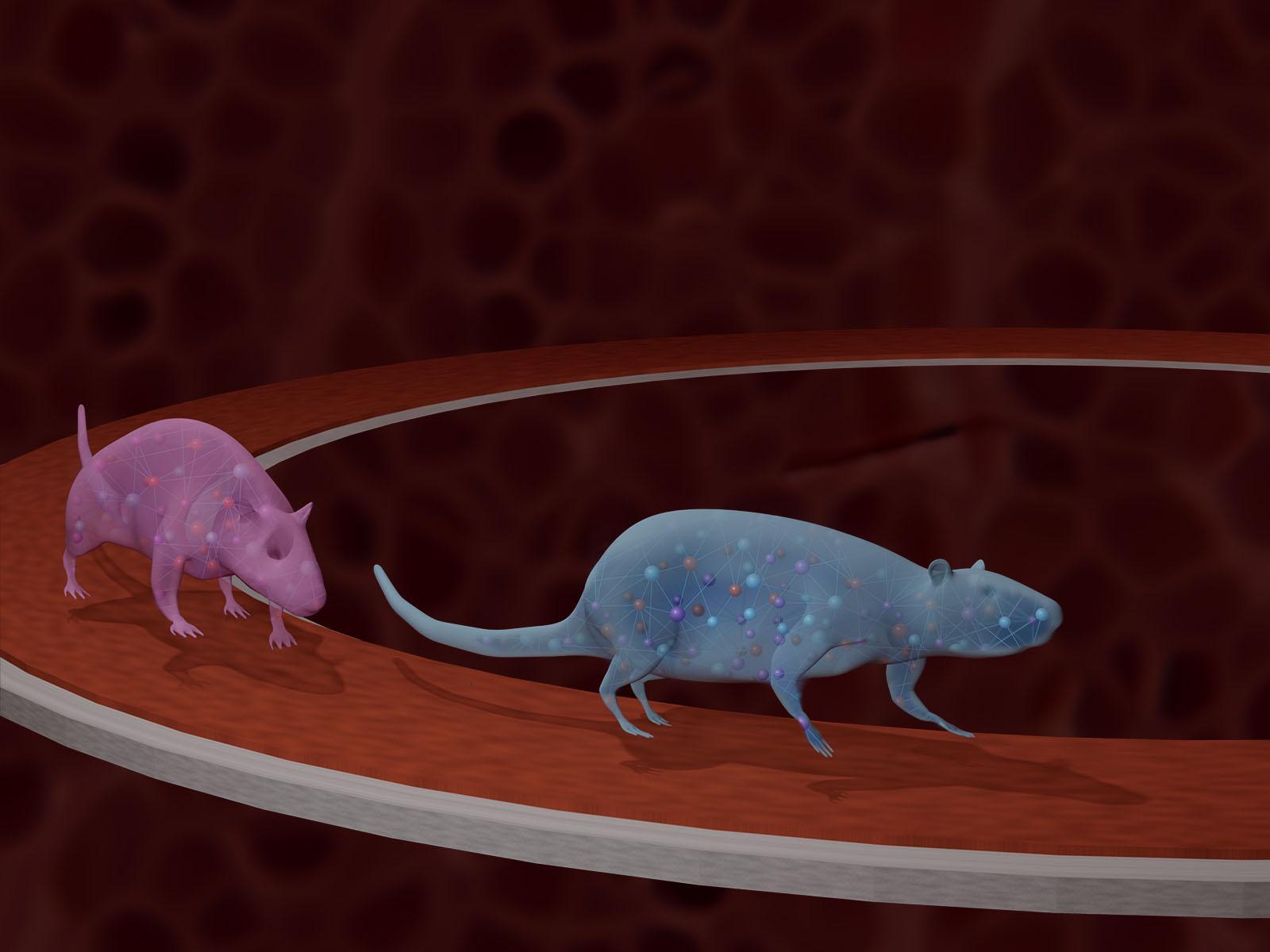Astronomers have captured an evocative image of this merger’s aftermath using the Gemini Multi-Object Spectrograph (GMOS) mounted on the Gemini South telescope in Chile, part of the International Gemini Observatory operated by NSF’s NOIRLab. The image reveals vast swirling bands of interstellar dust and gas resembling freshly-spun cotton candy as they wrap around the merging cores of the progenitor galaxies. From the aftermath has emerged a scattered mix of active starburst regions and sedentary dust lanes encircling the system.
What is most noteworthy about NGC 7727 is undoubtedly its twin galactic nuclei, each of which houses a supermassive black hole, as confirmed by astronomers using the European Southern Observatory’s Very Large Telescope (VLT). Astronomers now surmise the galaxy originated as a pair of spiral galaxies that became embroiled in a celestial dance about one billion years ago. Stars and nebulae spilled out and were pulled back together at the mercy of the black holes’ gravitational tug-of-war until the irregular tangled knots we see here were created.
The two supermassive black holes, one measuring 154 million solar masses and the other 6.3 million solar masses, are approximately 1600 light-years apart [1]. It is estimated that the two will eventually merge into one in about 250 million years to form an even more massive black hole while dispersing violent ripples of gravitational waves across spacetime.
Because the galaxy is still reeling from the impact, most of the tendrils we see are ablaze with bright young stars and active stellar nurseries. In fact, about 23 objects found in this system are considered candidates for young globular clusters. These collections of stars often form in areas where star formation is higher than usual and are especially common in interacting galaxies as we see here.
Once the dust has settled, NGC 7727 is predicted to eventually become an elliptical galaxy composed of older stars and very little star formation. Similar to Messier 87, an elliptical galaxy with a supermassive black hole at its heart, this may be the fate of the Milky Way and the Andromeda Galaxy when they fuse together in billions of years’ time.
More information
[1] The supermassive black hole at the center of the Milky Way contains a relatively modest 4.3 million solar masses. The most massive black hole observed to date contains approximately 66 billion solar masses.
NSF’s NOIRLab (National Optical-Infrared Astronomy Research Laboratory), the US center for ground-based optical-infrared astronomy, operates the International Gemini Observatory (a facility of NSF, NRC–Canada, ANID–Chile, MCTIC–Brazil, MINCyT–Argentina, and KASI–Republic of Korea), Kitt Peak National Observatory (KPNO), Cerro Tololo Inter-American Observatory (CTIO), the Community Science and Data Center (CSDC), and Vera C. Rubin Observatory (in cooperation with DOE’s SLAC National Accelerator Laboratory). It is managed by the Association of Universities for Research in Astronomy (AURA) under a cooperative agreement with NSF and is headquartered in Tucson, Arizona. The astronomical community is honored to have the opportunity to conduct astronomical research on Iolkam Du’ag (Kitt Peak) in Arizona, on Maunakea in Hawai‘i, and on Cerro Tololo and Cerro Pachón in Chile. We recognize and acknowledge the very significant cultural role and reverence that these sites have to the Tohono O’odham Nation, to the Native Hawaiian community, and to the local communities in Chile, respectively.
Links


